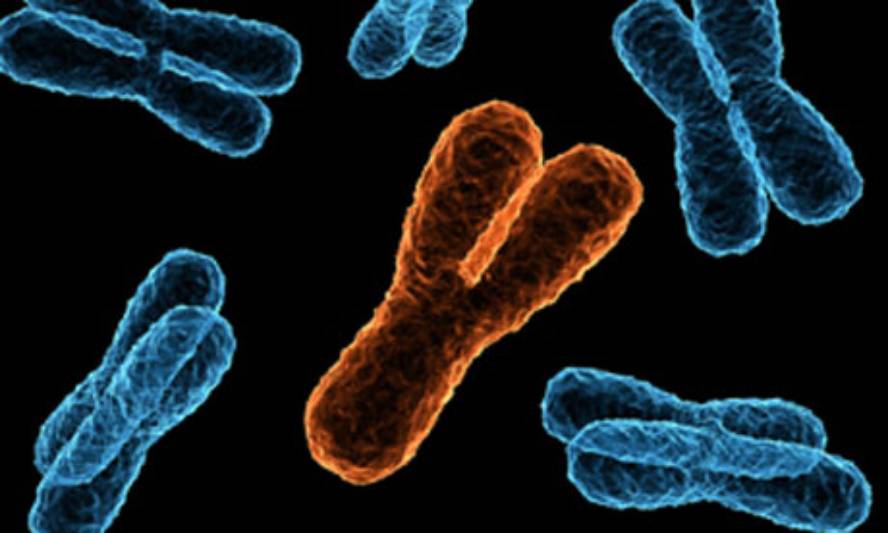In assisted fertilisation, chromosome Y is not necessary, two genes are sufficient
In a research carried out in the mouse, it has been proven that by assisted fertilisation techniques two genes of the Y chromosome are sufficient to obtain healthy and reproductive descending. The research has been carried out at the University of Hawaii and the results have been published in the journal Science.
Monica Ward, head of research, explained in the Science podcast that the Y chromosome has been considered “symbol of masculinity”. The embryos without chromosome Y become females. However, biologists have long suspected that the entire chromosome is not essential, since a single gene of the Y chromosome, the Syr gene, is sufficient for the mouse embryos to become males. Yes, those males are usually sterile.
In current research, in addition to the Syr gene, a new gene has been added to the mouse embryos without Y chromosome, the Eif2s3y gene. And mice developed from these embryos have shown that they are precursor cells of sperm — spermatides. What's more, using a special assisted fertilisation technique, these hopes have been shown to be able to fertilize eggs and create successors.
According to the researchers, this part of the research is important, since this same technique, called ROSI, can be used to help men who, without reaching the sperm phase, only produce spermatis.However, many experts considered the ROSI technique "experimental" because they feared that children so created could have negative consequences. However, at least in the mouse, the technique is safe during your research in Hawaii.






